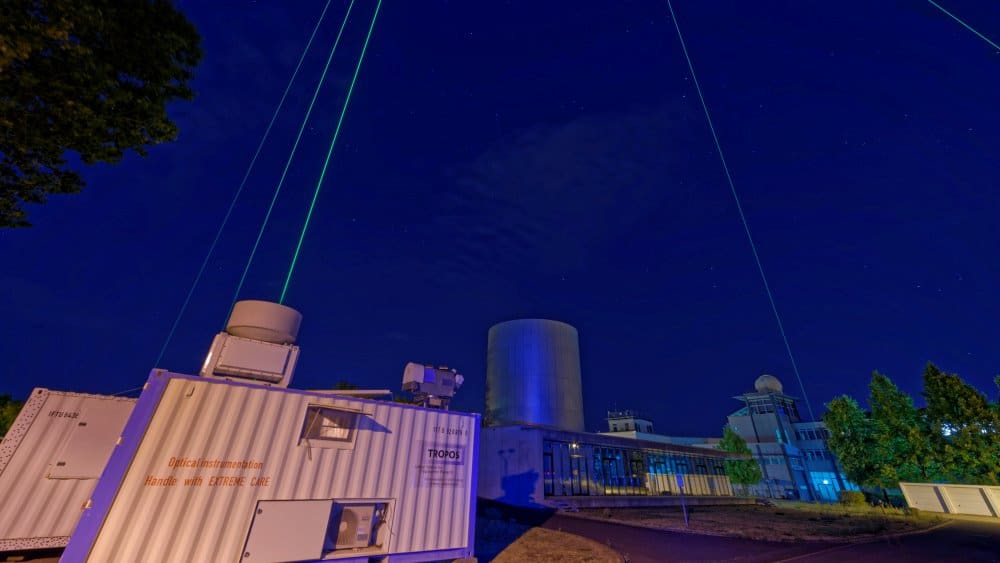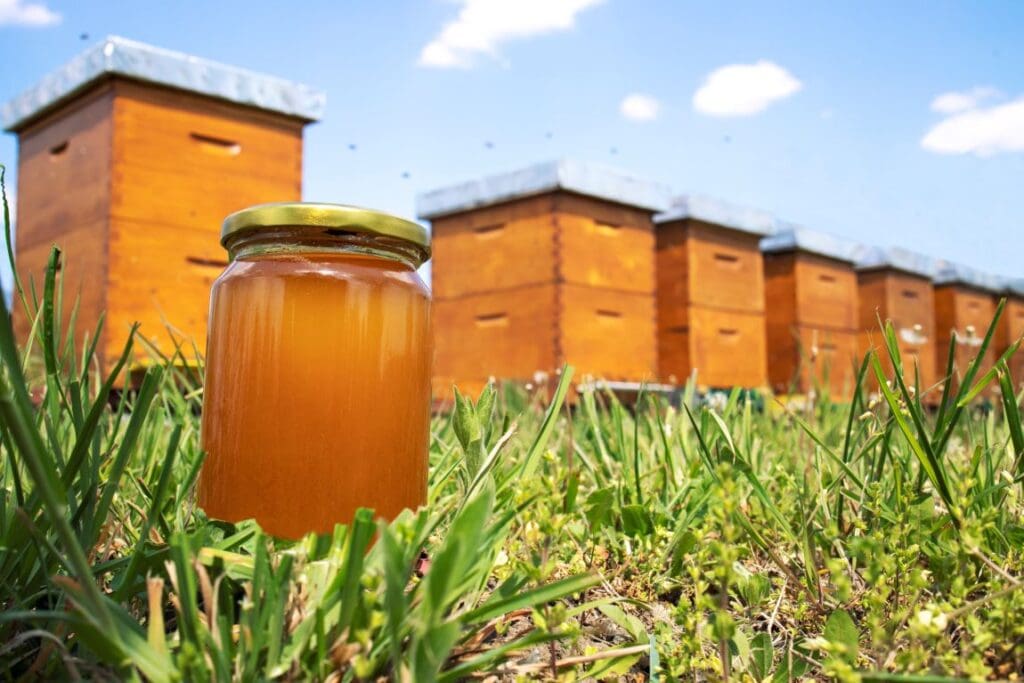A collaborative effort by researchers in the United States and Switzerland has led to the identification of a previously unknown compound in chloraminated drinking water.
This breakthrough, published in Science, highlights the discovery of the chloronitramide anion (Cl–N–NO2−), a stable chemical formed as a byproduct of inorganic chloramine decomposition. While its health impacts remain unclear, the findings underscore the need for further studies to assess potential risks.
Inorganic chloramines are widely used as disinfectants in drinking water, protecting against diseases such as cholera and typhoid fever.
Over 113 million Americans consume chloraminated water, and countries like Italy, France, and Canada also use this disinfection process. Despite its effectiveness, chloramination produces chemical byproducts whose health implications are not fully understood.

The study was co-led by Julian Fairey, an associate professor of civil engineering at the University of Arkansas, and Juliana Laszakovits, a postdoctoral researcher in the lab of Kristopher McNeill, Professor of Environmental Chemistry at ETH Zurich.
Fairey emphasized the significance of the discovery, which resolved a decades-old mystery in water chemistry.
“It’s a very stable chemical with a low molecular weight,” Fairey explained. “It’s a very difficult chemical to find. The hardest part was identifying it and proving it was the structure we were saying it was.”
After synthesizing chloronitramide anion in the lab, Fairey collaborated with Laszakovits and her advisor, Kristopher McNeill. McNeill pointed out that Switzerland’s lack of chloraminated water provided an ideal control for the research, enabling precise comparisons with U.S. water systems.
While the study confirms the presence of chloronitramide anion, its potential toxicity remains unknown. “Inevitably, there will be questions about the health risks posed by this new compound,” Fairey noted, adding that identifying it is a crucial step toward understanding the complex chemical pathways in water treatment systems.
In a prior interview, Fairey elaborated on the challenges of drinking water disinfection. “It’s well recognized that when we disinfect drinking water, there is some toxicity that’s created. Chronic toxicity, really. A certain number of people may get cancer from drinking water over several decades. But we haven’t identified what chemicals are driving that toxicity. A major goal of our work is to identify these chemicals and the reaction pathways through which they form.”
Toxicological studies will now be possible for chloronitramide anion, providing regulatory agencies like the U.S. Environmental Protection Agency (EPA) with data to evaluate its health risks. Fairey remains optimistic that even if this compound proves non-toxic, its discovery could illuminate the pathways leading to more hazardous byproducts, potentially enabling safer water treatment practices.
“Finding it can help us understand the pathways for how other compounds are formed, including toxins,” Fairey said. “If we know how something is formed, we can potentially control it.”
***
Joining Fairey and Laszakovits as co-authors on the paper are Huong Pham, Thien Do, Samuel Hodges, Kristopher McNeill and David Wahman. Pham, Do and Hodges are all former Ph.D. students at the University of Arkansas who contributed to this research in Fairey’s lab. In 2022, McNeill hosted Fairey at ETH Zurich as a visiting professor as part of his sabbatical where they worked with Laszakovits on this study. Wahman is a longtime collaborator with Fairey’s lab group and is a research environmental engineer at the U.S. Environmental Protection Agency.
Journal Reference:
Julian L. Fairey et al. ‘Chloronitramide anion is a decomposition product of inorganic chloramines’, Science 386, 882-887 (2024). DOI: 10.1126/science.adk6749
Article Source:
Press Release/Material by University of Arkansas
Featured image credit: Freepik




